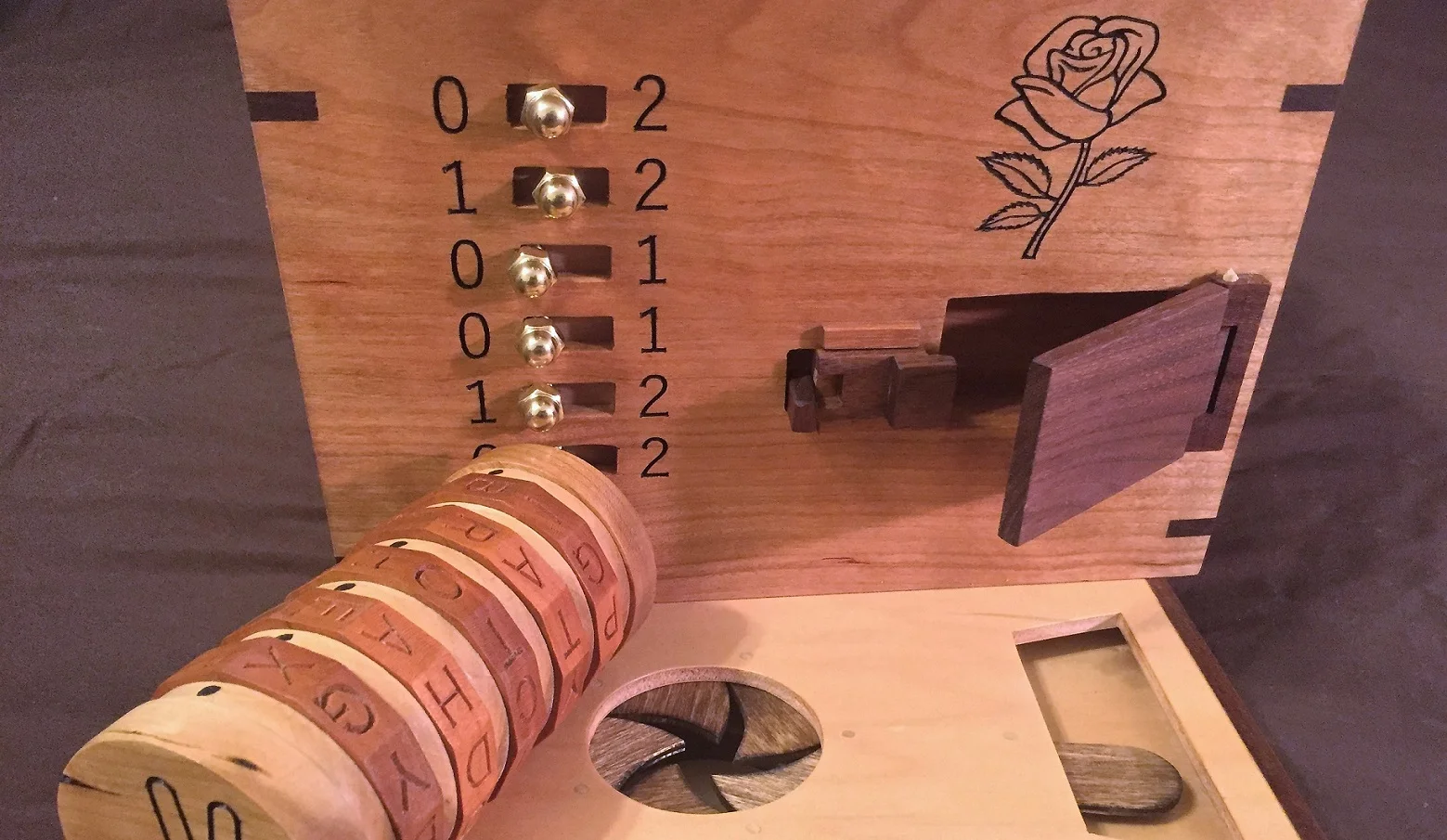After I made the prototype spring loaded drawer box I knew I had to refine the mechanism that locks the drawer. The first one certainly worked, but it was large, a bit clunky and wouldn't fit well in the bottom of a smaller box. I pondered a while, I wandered the internet, I went into the shop and worked.
The tricky part about figuring out how to make these mechanisms work is that, while much has been done before, there is precious little information out there. Most of the antique boxes which such mechanisms are in collections and no one will ever study them. I'm all for protecting the past, museums and collections are something we should continue to do (and do more!). But, maybe we don't need to seal all of our past behind glass, or a tasseled rope. Of the few pictures I could find of these mechanisms most weren't terribly useful for explaining their fabrication. So, that means it's time to do a bit of re-inventing. Luckily, that's kinda fun.
I wanted to emulate a style of box where the spring catch is mounted into the floor of the box. This means the catch must pivot, like a lever. This way, as the drawer slides in it pushes the catch down until it engages. Then a push at the back of the catch pushes it back down and releases the drawer. Here's the thing, the catch can't just be one little piece of wood. How do you secure the front? If you screw it down, then it can't pivot like a lever. I thought about all kinds of crazy solutions and then ultimately realized I was over thinking the solution. One night, laying it bed, it was suddenly clear.
Put a hinge on the catch! Its so simple! Adding a hinge to the front of the catch lets me secure it to the box but not restrict the movement. Out to the shop I headed ( well, the next morning, it was late at night and I was tired). On the morning of my birthday, actually. I made a quick prototype and everything worked great. The hinge doesn't need much movement nor does it need any extreme accuracy. A cut off nail makes a decent hinge pin. The pic below should show the mechanism well. At the back, underneath, is a small spring.










